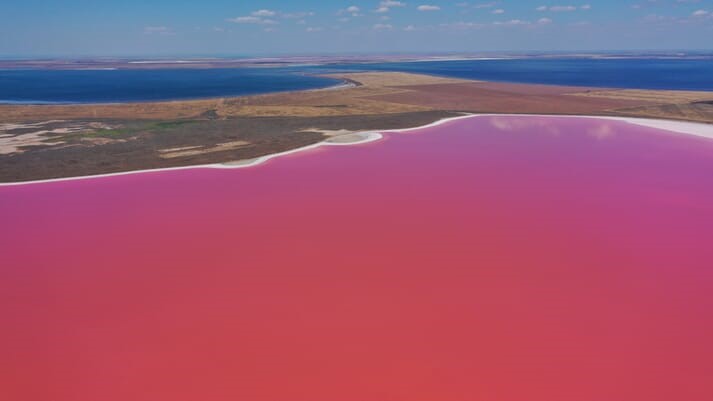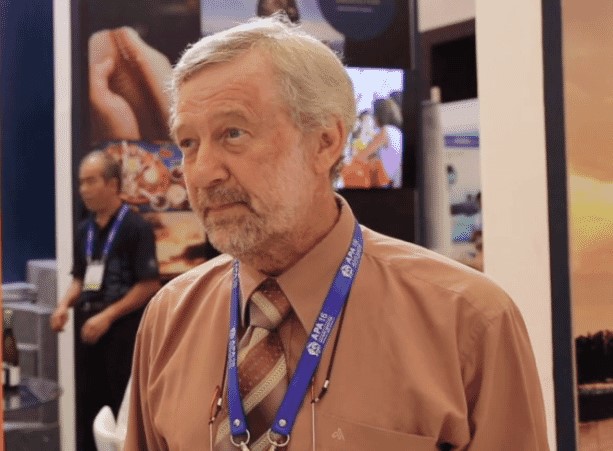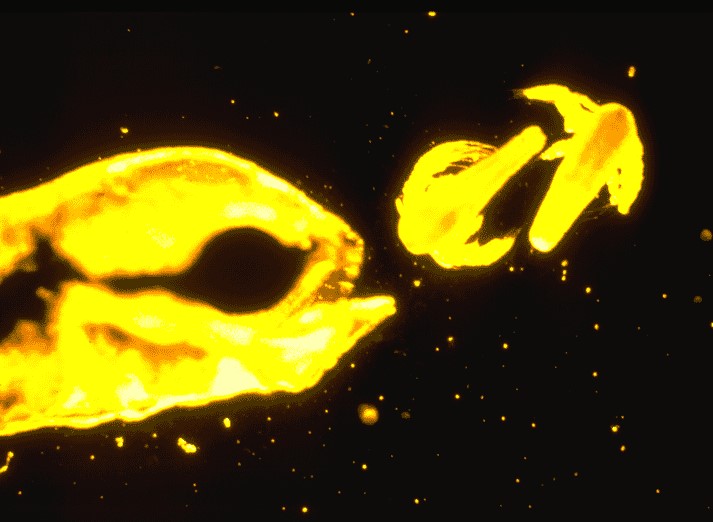Some of the leading figures in Artemia research are planning to join forces and launch an International Artemia Aquaculture Consortium (IAAC) later this year.

Approximately 90 percent of the current Artemia production is harvested from inland salt lakes, such as Lake Kuyalnik, in Ukraine
With the expansion of aquaculture hatchery production, the demand for Artemia cysts has continued to increase. Annual consumption is now estimated at 3,500 – 4,000 tonnes, underpinning the production of over 900 billion crustacean post-larvae and fish fry by a hatchery industry valued at more than USD 2 billion. By the time of harvest the volume of aquatic species that were raised on Artemia in their early life stages equates to over 10 million tonnes.
With approximately 90 percent of the current Artemia production harvested from inland salt lakes, the future of the hatchery industry could be at risk and requires urgent attention.
As a result, according to Artemia experts, including Patrick Sorgeloos from Ghent University: “a new international interdisciplinary approach is needed to tackle these Artemia issues and opportunities”.

Prof Sorgeloos outlined this suggestion at an Artemia workshop which took place as part of the FAO’s Global Conference on Aquaculture Millennium +20 in Shanghai, in September 2021. The workshop was organised by participants from FAO, Ghent University’s Artemia Reference Center, the Network of Aquaculture Centres in Asia-Pacific, the Artemia Association of China and the Asian Regional Artemia Reference Center
During the meeting they explored needs and opportunities to establish the IAAC, in order to guarantee the sustainable provision of Artemia, both from natural sources and from controlled extractive Artemia farming integrated with salt production and other fish/crustacean aquaculture.
The workshop made the following specific recommendations:
- The importance of developing improved guidelines for biosecure production and use of Artemia in hatcheries, including an update of the FAO Artemia manual.
- The need convene regional Artemia training courses for local hatcheries, to disseminate good practices and facilitate adoption of standardised protocols.
- In view of the large variety of species and strains of Artemia that are now available in the market, their specific characteristics should be studied to identify their most suitable application for specific species of fish and crustaceans. This could relate to their nutritional composition, synchrony in hatching or enrichment characteristics.
- Initiate strain selection and selective breeding to develop improved Artemia strains for aquaculture applications, noting the availability of the Artemia genome.

Artemia are vital for the early life stages of a variety of fish and shellfish
- Investigate the use of umbrella Artemia as successfully applied in the Vietnamese crab hatcheries for wider application in aquaculture, as a new source of live food in earlier larval stages, be it for shrimp or in fish.
- Reconsider a wider use of Artemia enrichment techniques in hatcheries, as it is now restricted to applications in marine fish and crab production. This method not only allows enhancement of the nutritional value of the nauplii but can also be used as a vector to deliver, for example pre- or probiotics to the larvae.
- Investigate the impact of climate change on Artemia production in inland lakes and coastal saltworks.
- Develop science-based protocols to assure sustainable harvesting of wild Artemia sources, especially in central Asia.
- Conserve Artemia biodiversity through means such as a cyst banks, species identification, “wild” vs “farmed” species, genotyping and strain characterisation.
- Investigate integration of extractive Artemia farming with intensive fish/crustacean aquaculture.
- Investigate the use of Artemia biomass as high value protein ingredient in human diets.
- Consider integration of Artemia production in artisanal salt farming in Asia and Africa, desert/arid and salt-affected areas.
Patrick Sorgeloos and colleagues who initiated the IAAC idea are working hard now to have the Shanghai Workshop Report, as well as the outcome of the forthcoming webinars on Artemia potential in Africa and on the future of terminal salt lakes on the agenda of the next FAO COFI Subcommittee on Aquaculture, which is due to take place in Mexico at the end of May.
They have also set up a provisional website which covers the background and all the latest updates from the global Artemia research community and will be finalised in the coming months.
By The Fish Site
“Domesticated Shrimp Postlarvae – The Key To Success”
See more:
- How Plankton Management Can Help Reduce Vibrios
- Attractants, Acoustics And Soy-Optimized Diets For Pacific White Shrimp
- Spanish Shrimp Farm Lands €16 Million

 Tiếng Việt
Tiếng Việt 中文 (中国)
中文 (中国)